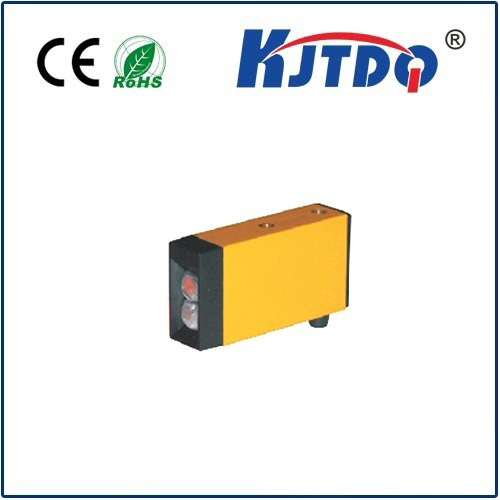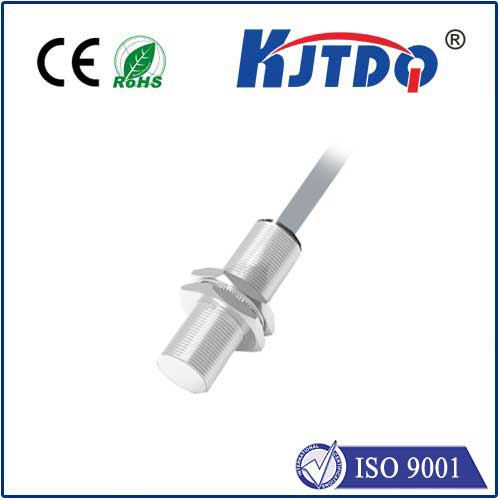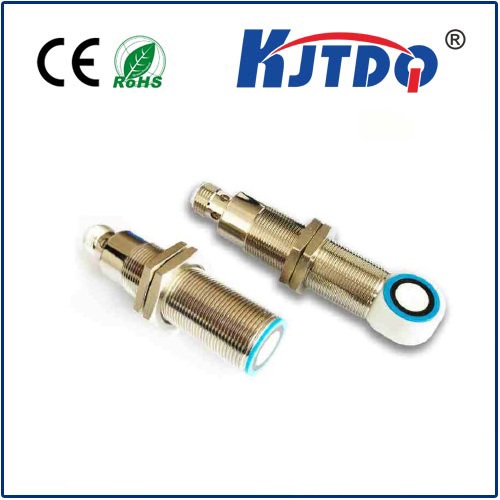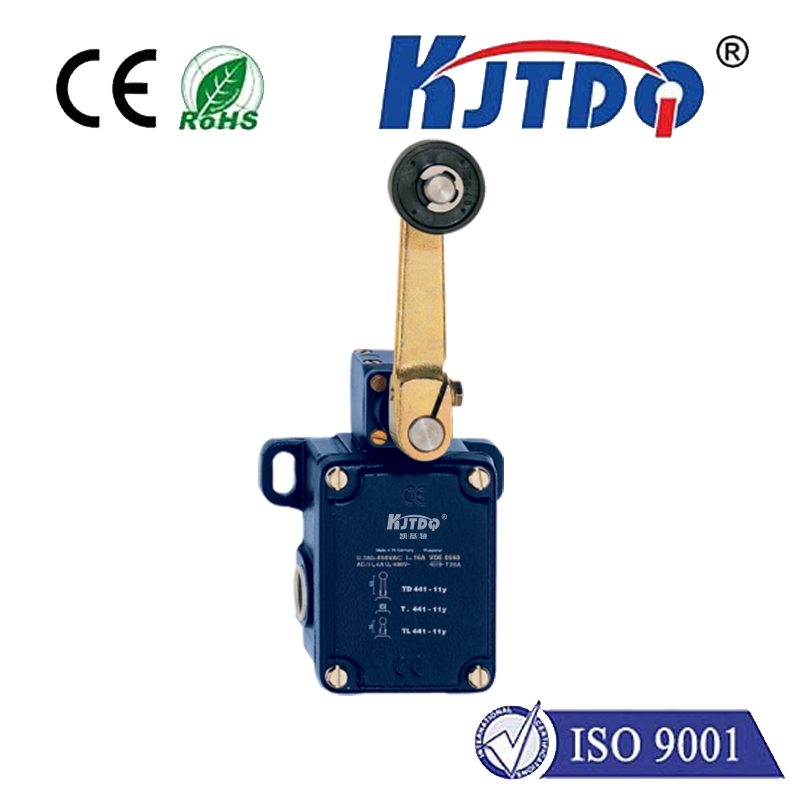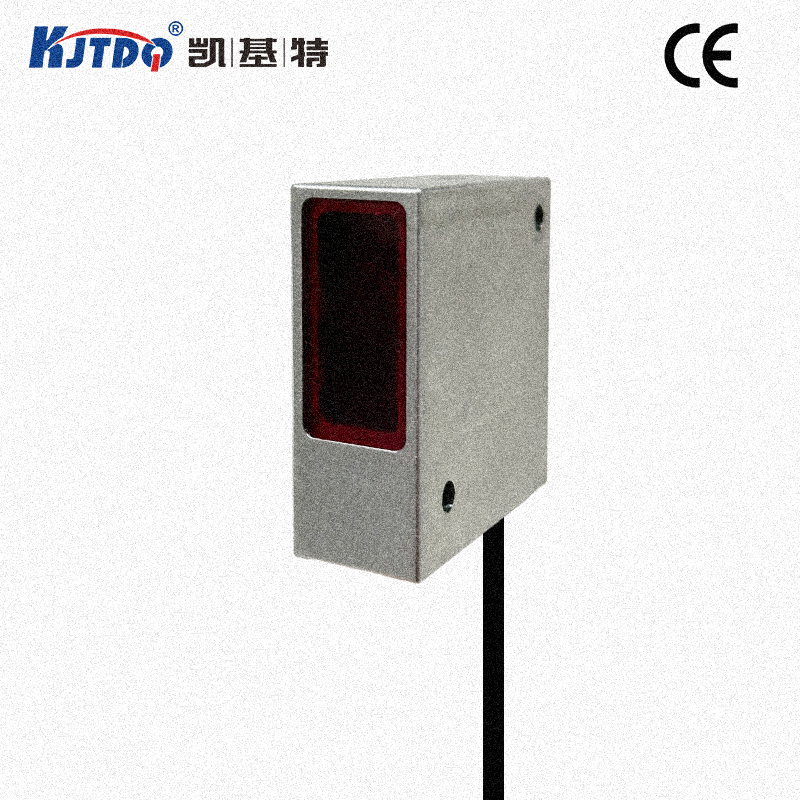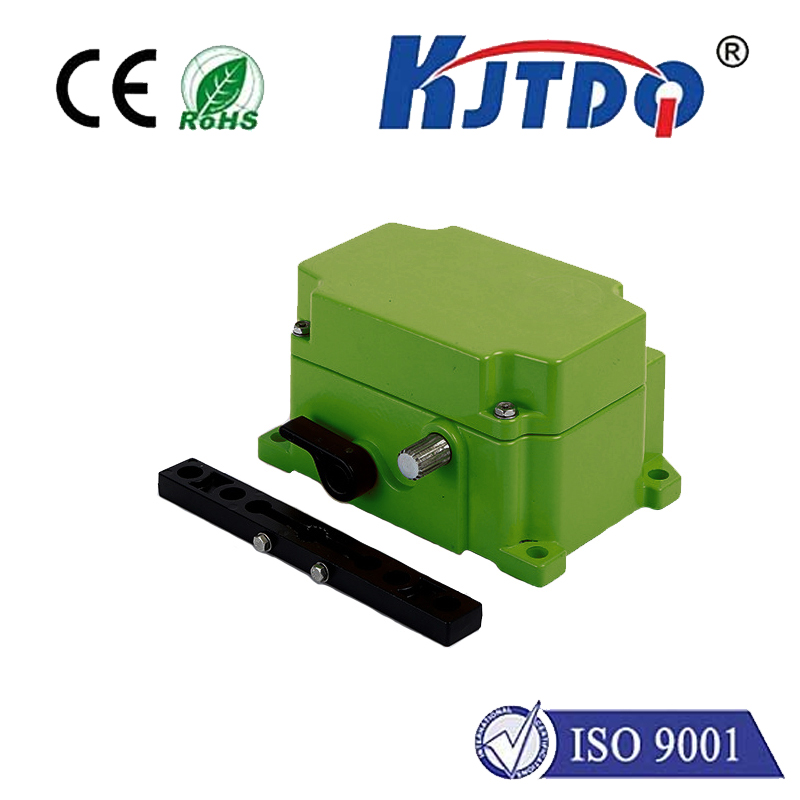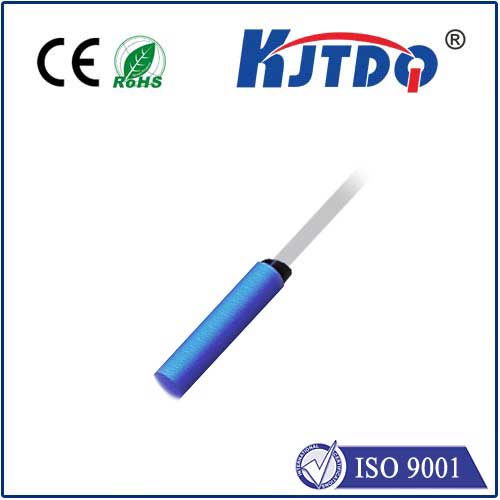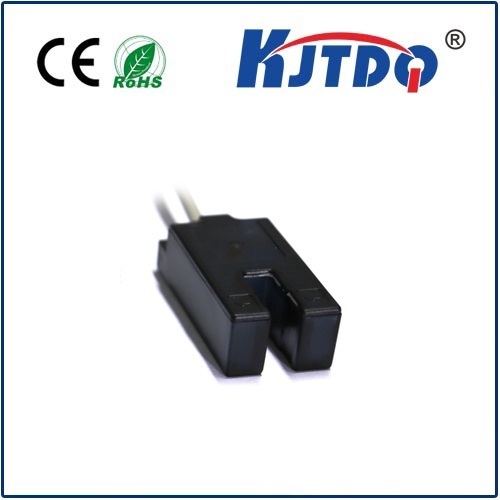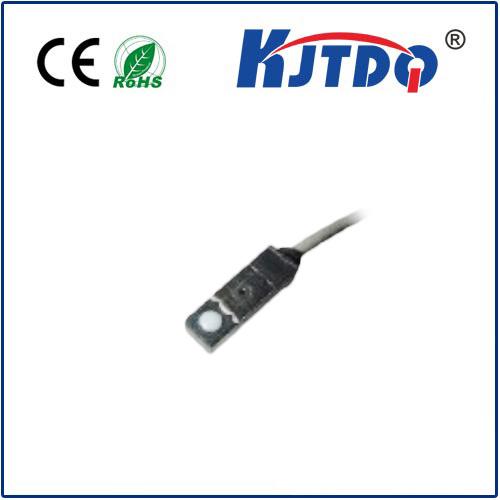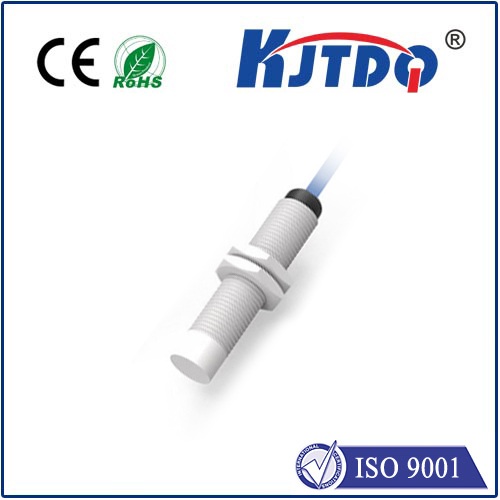Лазерный датчик PIR
- time:2025-08-28 01:30:08
- Нажмите:0
Laser PIR Sensors: Unveiling the Next Level of Precision Motion Detection
Imagine a security system that doesn’t just sense movement, but precisely locates an intruder. Visualize a smart home that knows not only if someone entered a room, but where they stopped and for how long. This isn’t science fiction; it’s the tangible advantage offered by the integration of Laser PIR Sensor technology. Moving beyond simple on/off triggers, these advanced sensors represent a significant leap in motion detection capabilities, blending the reliability of Passive Infrared (PIR) with the pinpoint accuracy of laser-based measurement.
At its core, the PIR sensor remains the foundational element. This ubiquitous technology detects changes in infrared radiation – essentially, the heat signature emitted by warm objects like humans or animals – within its field of view. When something moves across the sensor’s segmented detection zones, it triggers an alert. It’s a proven, cost-effective solution. However, traditional PIR sensors have inherent limitations: they struggle with slow movement, provide no positional data beyond “motion detected in this general area,” and are susceptible to false alarms from environmental heat changes (like sunlight shifting or heating vents kicking on).

This is where the laser component becomes transformative. Integrated laser systems in these advanced sensors typically operate using principles like time-of-flight (ToF) or triangulation. The sensor emits a laser beam (often infrared, invisible to the eye) towards a target. By precisely measuring the time it takes for the beam to reflect back or analyzing the angle of reflection, the sensor calculates the exact distance to the object with remarkable accuracy, often down to millimeters. Crucially, this laser measurement focuses on detecting the presence and position of an object, not its heat signature.
The true power lies not in replacing PIR, but in synergizing its strengths with the laser’s precision:
- False Alarm Elimination: This is arguably the most significant benefit. A traditional PIR might trigger due to a sudden warm breeze or sunlight hitting a curtain. However, a laser PIR sensor cross-validates the signal. While the PIR element detects a heat pattern change, the laser component concurrently checks if an object is physically present at the detected location. No object detected by the laser? The system intelligently dismisses the PIR trigger as an environmental false alarm.
- Exact Position Tracking: PIR tells you something moved. Laser tells you where it is. Combined, the sensor provides precise coordinates – distance, and often lateral position within its coverage zone. This transforms applications. In security, you know not just that there’s an intruder, but if they are near the safe or heading down the hallway. In industrial automation, a robot can precisely locate a component on a conveyor belt.
- Detection of Minute Movement: While PIR struggles with very slow movement, laser distance measurement is exceptionally sensitive. Even slight movements, like someone breathing heavily while trying to stay still, can cause minute changes in distance measured by the laser, potentially triggering detection where a standard PIR might fail.
- Robust Performance in Challenging Environments: Ambient light fluctuations or temperature variations that plague standard PIR sensors have minimal impact on the laser’s distance measurement capability. The system relies on the physical presence verified by the laser, making it far more resilient in dynamic settings.
Where Laser PIR Sensors Shine: Key Applications
- Enhanced Security Systems: Perimeter protection (detecting approach vectors), room-level intrusion detection with location awareness, differentiating between humans and small animals, drastically reducing false dispatches (saving costs and resources). Integration with cameras allows for precise PTZ (Pan-Tilt-Zoom) aiming based on exact target location.
- Advanced Smart Homes & Building Automation: Occupancy sensing that knows not just if a room is occupied, but where people are located within it, enabling localized lighting, HVAC, or audio control. Smart lighting that only illuminates the specific path someone is walking. Precise presence detection prevents lights from turning off prematurely if someone is sitting still.
- Industrial Automation & Robotics: Accurate object positioning on assembly lines for pick-and-place robots, collision avoidance for autonomous guided vehicles (AGVs) in complex shared spaces, presence verification for automated machinery safety interlocks.
- Retail Analytics: Understanding customer dwell time and movement patterns around specific displays or products with greater positional accuracy than simple overhead PIR sensors.
- Robotics & Drones: Obstacle avoidance, precise landing, and spatial awareness become significantly more refined with accurate distance and position data.
Меры предосторожности
While powerful, laser PIR sensors represent a more sophisticated technology tier:
- Cost: They are inherently more complex than basic PIR modules, resulting in a higher price point.
- Complexity: Integration requires handling both PIR analog/digital signals and the laser’s distance data, demanding more advanced microcontrollers or processing units.
- Environmental Factors: While robust against light/temperature, the laser component can be affected by heavy smoke, dense fog, or highly reflective surfaces that scatter the beam. Careful placement and environmental assessment are crucial.
- Power Consumption: Active laser emission generally consumes more power than a passive PIR sensor alone, though optimized designs and duty cycling mitigate this.
The Future is Layered Sensing
The Laser PIR Sensor exemplifies a broader trend towards sensor fusion – combining multiple sensing technologies to achieve performance unattainable by any single method alone. By layering PIR’s heat-based motion detection with laser’s pinpoint distance measurement, we move beyond simple presence awareness to gain actionable intelligence about location and movement characteristics.
This technology isn’t about discarding the old, but about adding a powerful new dimension. For applications demanding reliability, precision, and actionable data, laser-enhanced PIR sensors offer a compelling solution, reducing frustration from false alarms while unlocking entirely new possibilities in automation, security, and intelligent interaction with our environment. The era of smart detection is evolving rapidly, and laser PIR is firmly positioned at its innovative forefront, providing the eyes and understanding needed for truly responsive systems.

